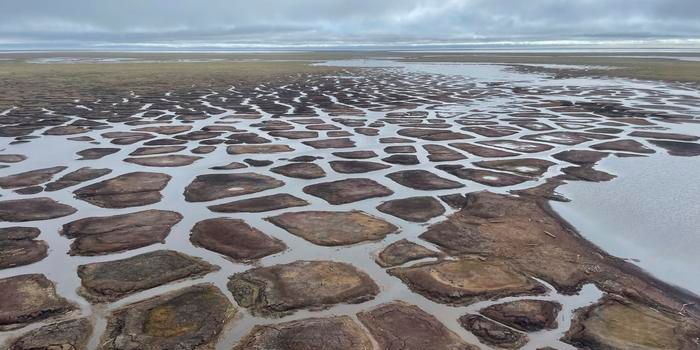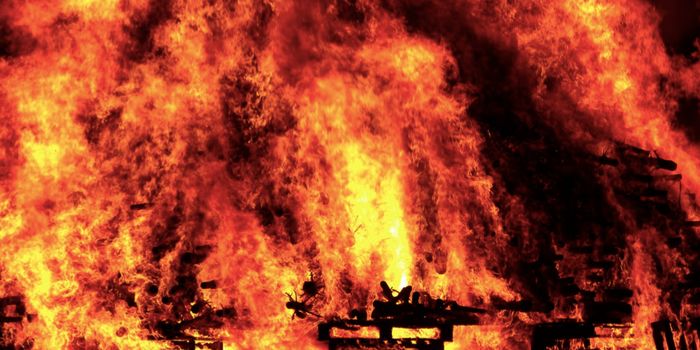Climate-Related Snowstorms Prevent Entire Antarctic Bird Populations From Breeding
Climate change affects the delicate ecosystem of our planet in numerous ways. Changes in temperature can warm oceans, affect marine ecosystems. Climate change can also affect weather patterns, leading to more extreme storms. More severe droughts and flooding, for example, are becoming increasingly common. Coupled with other human activities, such as deforestation and using land for human needs, climate change can affect organisms in surrounding ecosystems in many ways.
Arctic regions, in particular, are an area often studied to understand the effects of climate change on our environment. A team of researchers at the Norwegian Polar Institute suggest that climate change is causing more frequent and more severe snow storms are wreaking havoc in Antarctica, noting that these storms are preventing certain bird species from breeding. The team’s work is described in a recent article published in Current Biology.
Specifically, researchers followed two species of birds in the Svarthamaren region of Antarctica: the south polar skua and the Antarctic petrel. These birds both lay their eggs around the beginning of a new year. However, the team noted that between December 2021 and January 2022, there was no evidence of a skua nest, and the number of petrel nests were almost nonexistent.
When looking for a potential reason why this has happened, researchers looked to changes in weather patterns. For example, the team found that there had been higher than normal snow accumulation in the Svarthamaren region, which may have prevented these bird species from building their nests and laying eggs. Because many of these birds lay eggs on unobstructed ground, the snow impeded the ability to actually lay an egg. That, coupled with the extra energy it took to protect themselves during these storms, reduced the ability of these birds to breed.
The research team also zoomed out to ensure that what they saw in Svarrthamaren was not an isolated event. In the Jutulesessen region, for example, researchers found a similar pattern: they could not find a single Antarctic petrel nest. By comparison, researchers were used to see thousands of nests in previous years, highlighting a dramatic and alarming decline.
Sources: Eurekalert!; Current Biology








